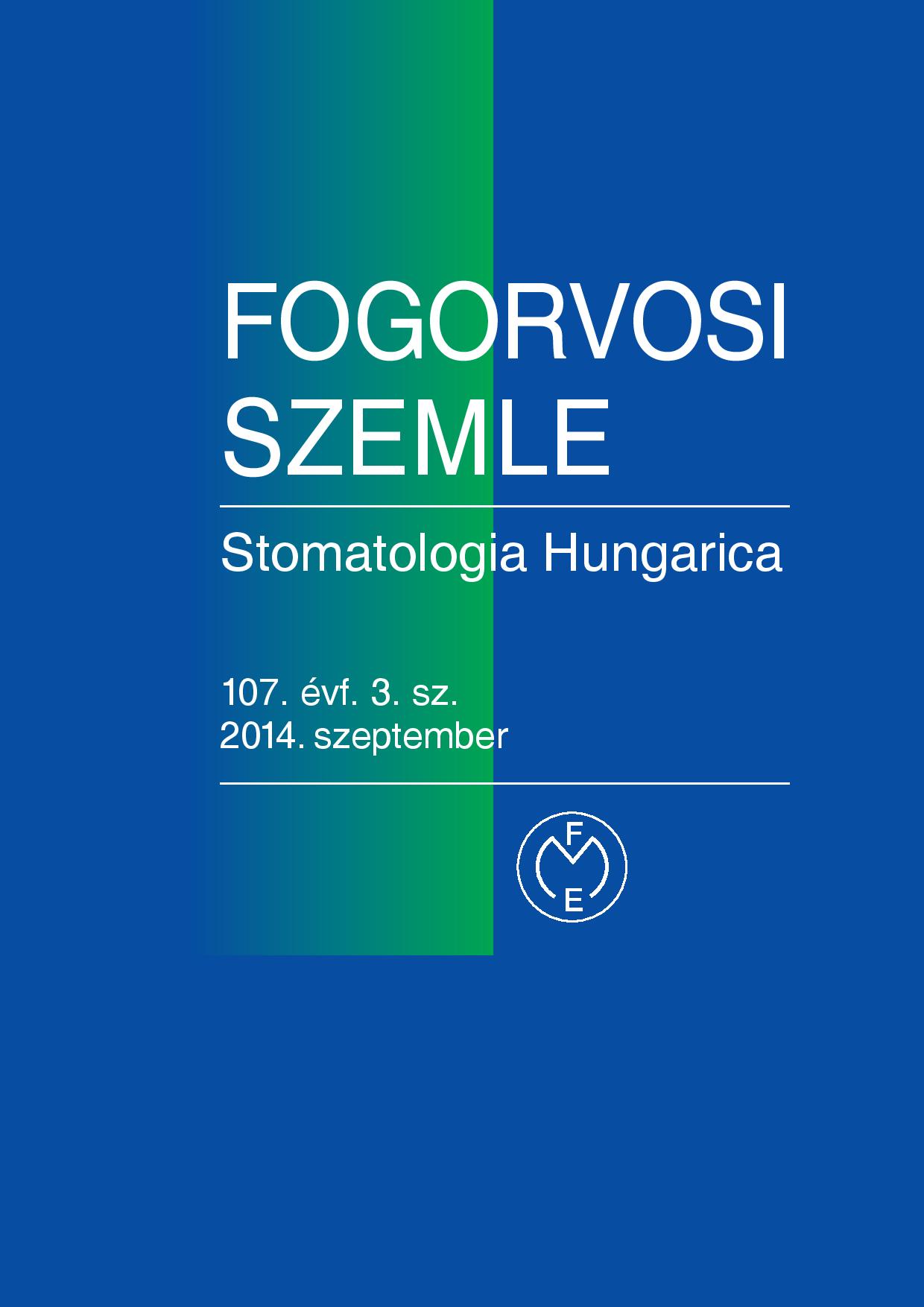ParC-10 cells for modelling parotid gland tissue reorganization
Abstract
Salivary gland hypofunction, which may occur in head and neck cancers following therapeutic irradiation or in Sjogren‘s syndrome, drastically impair the patient‘s quality of life. Conventional treatments do not provide a satisfactory solution to the problem, therefore it is becoming increasingly urgent to develop completely new management approaches in particular, the challenge of restoring the function of acini. Many biologically based interventions studied, thus „reprogramming” with gene therapy of survivor ducts or regeneration potential of progenitor cells in the salivary gland. Our research group has been working on several models, which have shown that by using appropriate media containing extracellular proteins (e.g. BME, basal membrane extract) can be achieved acinar differentiation. A significant proportion of in vitro models of salivary gland are submandibular of origin, which however is different from the development and function of parotid. Our research group aimed to model the potential treatment options for salivary gland hypofunction, the carrier or bioactive molecules directed differentiation, as well as the potential of gene therapy on rat parotid-derived cell line
(Par-C10). In our experiments, we have studied the morphological changes of Par-C10 cells cultured on permeable polyester membrane, or in three-dimensional cultures, using varying concentrations of BME. In addition, we have tested the use of recombinant adenovirus vectors that could modify Par-C10 cells and make them useful in gene therapy models. Our data suggest that Par-C10 cell line is suitable for modelling parotid gland tissue organization and may also serve as a useful gene therapy model system.
Copyright (c) 2021 Authors

This work is licensed under a Creative Commons Attribution 4.0 International License.


.png)




1.png)



